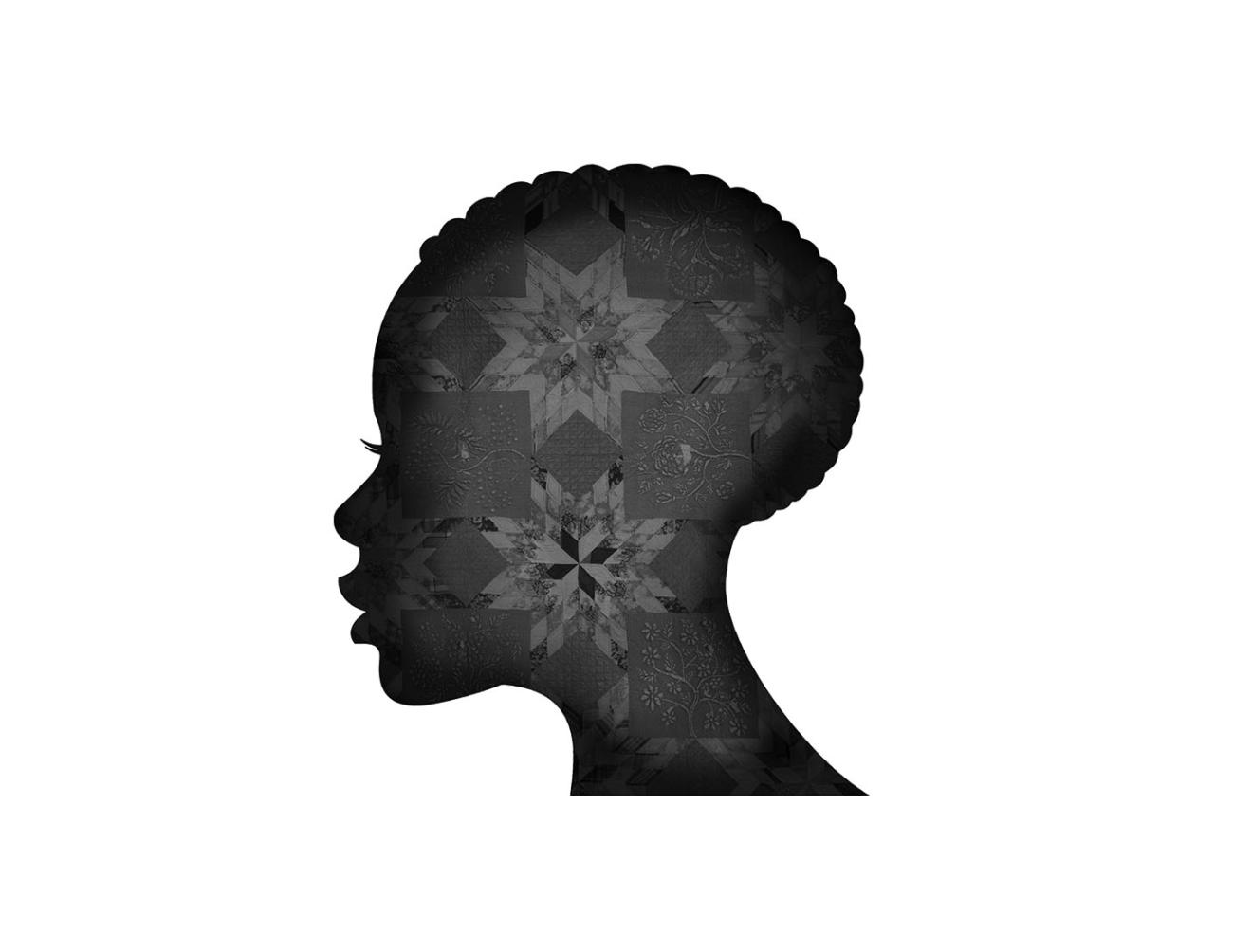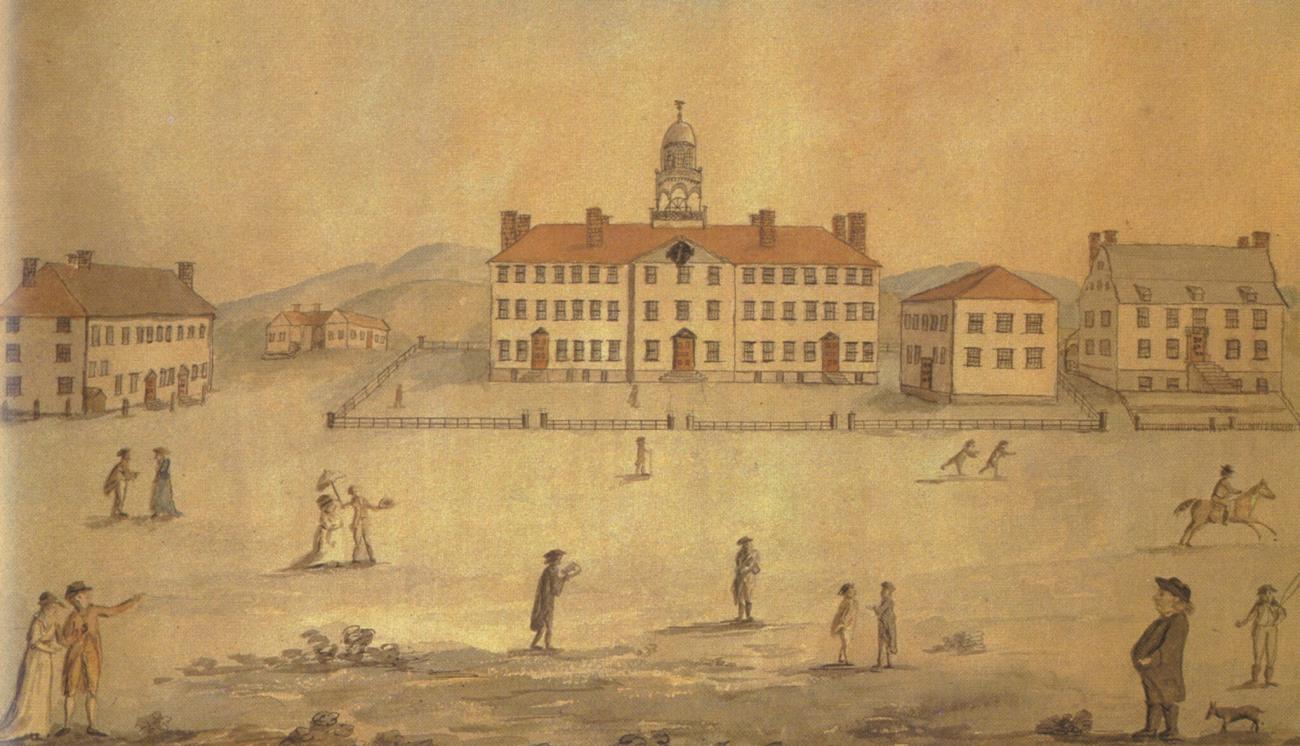An unnamed enslaved girl was mentioned in a letter Eleazar Wheelock wrote in 1735

BIOGRAPHY
In November of 1735, Eleazar Wheelock wrote to the Reverend Stephen Williams; he opens the letter by mentioning the illness of “our Negro girl.” It is possible that Wheelock states they are mourning—a word in the letter’s third line is either “morning” or “moving” and as the household was not in transit at the time, the former is likely. There is some speculation that the unnamed girl came to Wheelock’s household with his second wife, the widow Mary Brinsmead, but as Wheelock notes, they do not believe the girl will recover, and he expresses his desire to submit to God’s will in the event.
The girl remains unnamed, and her fate unknown, but it is notable that her illness and impending death is viewed as worthy of sympathy. Enslaved people in New England lived with their enslavers and would have been seen, if not as family, then as integral members of the household. It is certainly believable that the Wheelocks are genuinely saddened by this event. However, it was not beyond Wheelock to play upon the feelings of those to whom he owed money, as in this letter. Is Wheelock using the doom of this unknown girl as emotional leverage? In either case, it appears from this letter that the death of an enslaved person is seen not merely as a financial loss, but as something deserving of pity.
